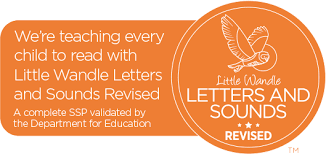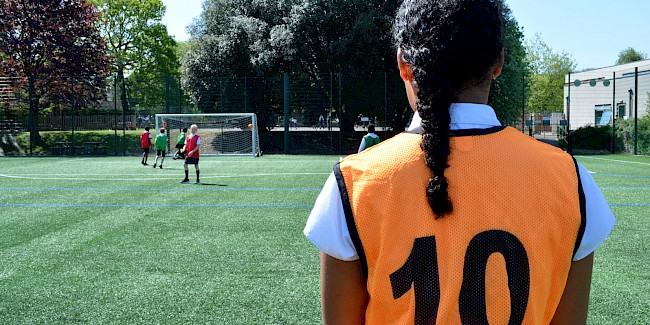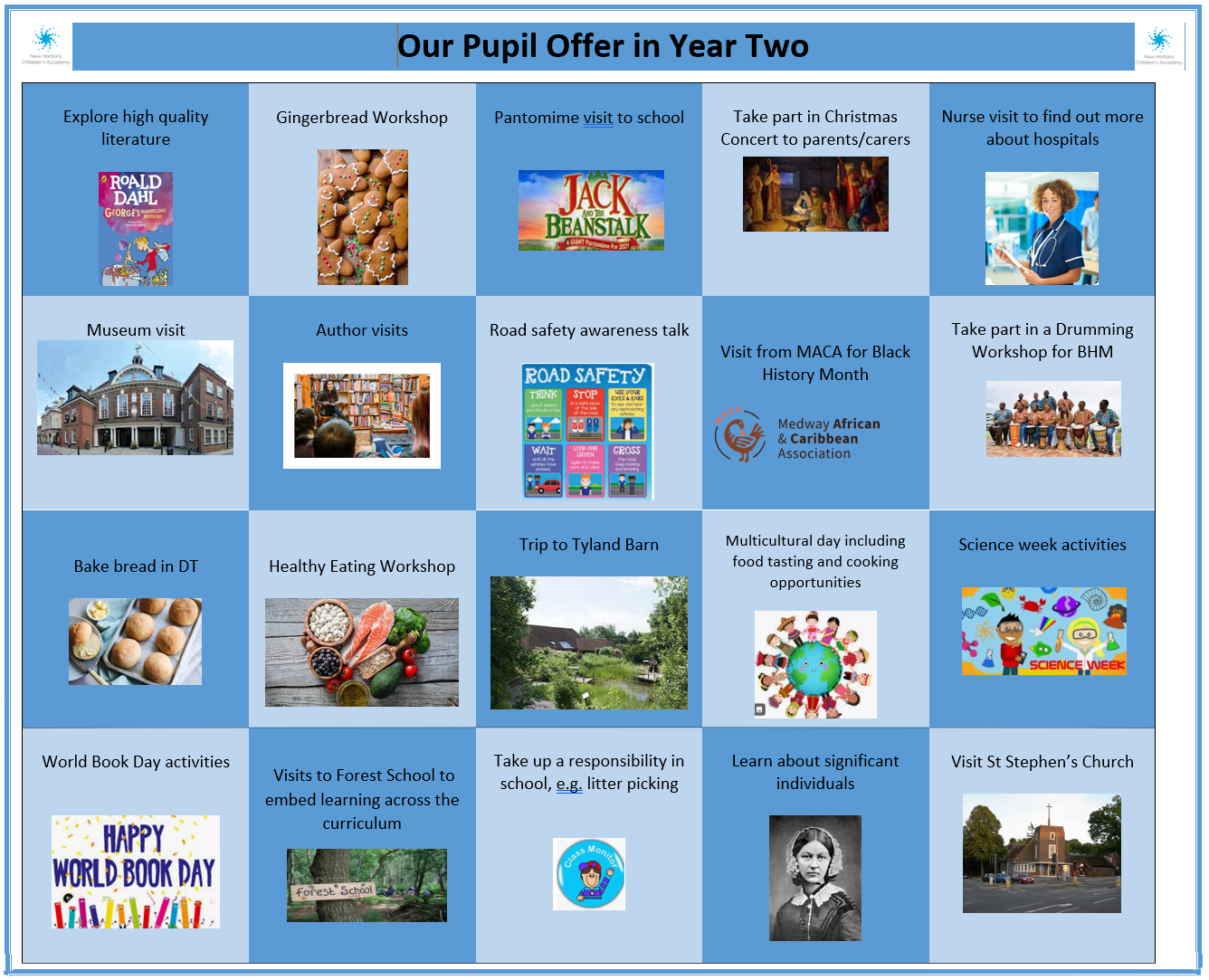We follow the Little Wandle Letters and Sounds Revised programme for phonics. More information can be found at Little Wandle: https://www.littlewandle.org.uk/resources/for-parents/

Phonics
We timetable daily phonics lessons for any child in Year 2 or 3 who is not fully fluent at reading or has not passed the Phonics Screening Check. These children urgently need to catch up, so the gap between themselves and their peers does not widen. We use the Little Wandle Letters and Sounds Revised assessments to identify the gaps in their phonic knowledge and teach to these using the Keep-up resources – at pace.
Ongoing assessment for catch-up
Children in Year 2 to 6 are assessed through their teacher’s ongoing formative assessment as well as through the half-termly Little Wandle Letters and Sounds Revised summative assessments.
Statutory Assessment
Children in Year 1 sit the Phonics Screening Check. Any child not passing the check re-sits it in Year 2.
Reading in Year Two
Similar to Year 1, children will be listened to on a weekly basis in a guided reading group. This guided reading session is timetabled to enable the children access a different English based activity everyday e.g. a comprehension activity or a Spelling, Punctuation and/or Grammar (SPaG) related piece of work.
Continuing from Year 1, the children are taught to read accurately by blending the sounds in words that contain the graphemes taught so far, especially the alternative sounds for graphemes. By the end of Year 2, a child should be able to read books written at an age-appropriate interest level with accuracy. They should also be able to read at a speed that is sufficient for a child to focus on understanding what is read rather than sounding out individual words.
Writing and GPAS in Year Two
Throughout Year 2, children will have the opportunity to learn and develop their key skills of writing. By the end of Year 2 we would like all children to spell words in a phonetically plausible way, even if sometimes it is incorrect. They should be able to write down ideas that have been composed orally and letters should be orientated correctly. They should be able to use age-appropriate vocabulary, grammar and punctuation concepts correctly.
Maths in Year Two
Children will be taught to compare and order numbers from 0 up to 100 and to use place value and number facts to solve problems.
In measures, children will be encouraged to solve simple problems in a practical context involving addition and subtraction of money including giving change.
In fractions they will learn how to recognise, find, name and write fractions 1/4, 1/3, 2/4 and 3/4 of a length, shape and set of objects or quantity.
In multiplication and division they will recall and use multiplication and division facts for the 2, 5 and 10 times table including recognising odd and even numbers. They will also solve problems involving multiplication and division.












